
Hope is the thing with feathers.
~ Emily Dickinson ~
The ever-alluring ability to take wing is one of evolution’s mysteries. Though there are several paths being explored, we don’t yet know why wings showed up or what their lineage was. But the beneficial results are clear. Once insects grew wings at least 325 million years ago, their population exploded. They could fly to fit every ecological niche on the planet. Wings allowed birds to become smaller and nimbler, more able to survive the extinction of their therapod dinosaur cousins.
We missed the eons of dragonflies with six-foot wing spans and the extravagant explorations as dinosaurs turned into birds. But their gift is that we evolved on a planet filled with winged creatures. Soaring above us, buzzing around us, filling our air, inspiring us. They pull our eyes and minds upward, into the cosmos. Their colors dazzle us. Our ears have been attuned and our souls elated by their songs. They are messengers of life, industry, mortality, mystery, joy. Songbirds announce dawn, the cooing of doves ushers in the twilight, cicadas tell us we have reached the hot breathing of midsummer. The silence of all shepherds us into the quiet of winter.
Birds have been gods, soaring agents of myth and spirit. The Egyptian god Horus was a falcon. The raven is a prophet. Shamans the world over choose birds for their journeys into the unknowable territories. Bees and beetles have been held sacred. Insects ground us to the earthly plane, to dirt, trees, and plants, especially flowers, their co-evolutionaries. They have created a livable, breathable planet by their ability to fly across landscapes, pollinating plants that proliferated under wings’ aerial reign. That relationship may well have evolved us by providing nourishing fruits and vegetables to enlarge our brains and power our bodies. We are indirectly descended from wings.
And we may destroy all this. All of our winged creatures are suffering from an apocalypse. North America has lost three billion songbirds in the last 50 years. Bees have been struggling for years. Fireflies, an icon of my childhood summer evenings, are flickering out. Butterflies, our winged jewels, are disappearing. Especially monarchs, which have declined from hundreds of millions to a scant few thousand in less than thirty years.
But, to quote Turkish writer Mehmet Murat ildan, “Wherever there are birds, there is hope.” Whatever we have now we can foster and cherish. We can make their world a more welcoming and blossoming place. By doing that, we create the flourishing world every creature needs, including us. Then we can all take wing.
Churches the world over set aside September 1 to October 4, the anniversary of Francis of Assisi’s death, to contemplate the wonders of the earth and what we need to do to foster them. This is my seventh celebration of the Season of Creation, launched as a single day in 1989 by Ecumenical Patriarch Dimitrios I. Over the years more and more denominations have joined from every part of the globe. Pope Francis put it on the Catholic calendar in 2015 with the publication of his encyclical on the environment, Laudato Si.
I started my celebrations with quotes from this visionary document. Since then I’ve quoted wisdom from other faith leaders, scientists, activists, and poets. Last year I celebrated water. Pairing them all with photos of the wonders I’ve seen wandering our sublime planet. For Season of Creation 2023, I’ve chosen poetry and prose that ponder the beauty, mystery, and messages of winged beings.

Magic … in its perhaps most primordial sense, is the experience of existing in a world made up of multiple intelligences, the intuition that every form one perceives — from the swallow swooping overhead to the fly on a blade of grass, and indeed the blade of grass itself — is an experiencing form, an entity with its own predilections and sensations, albeit sensations that are very different from our own.
~ David Abrams, The Spell of the Sensuous ~
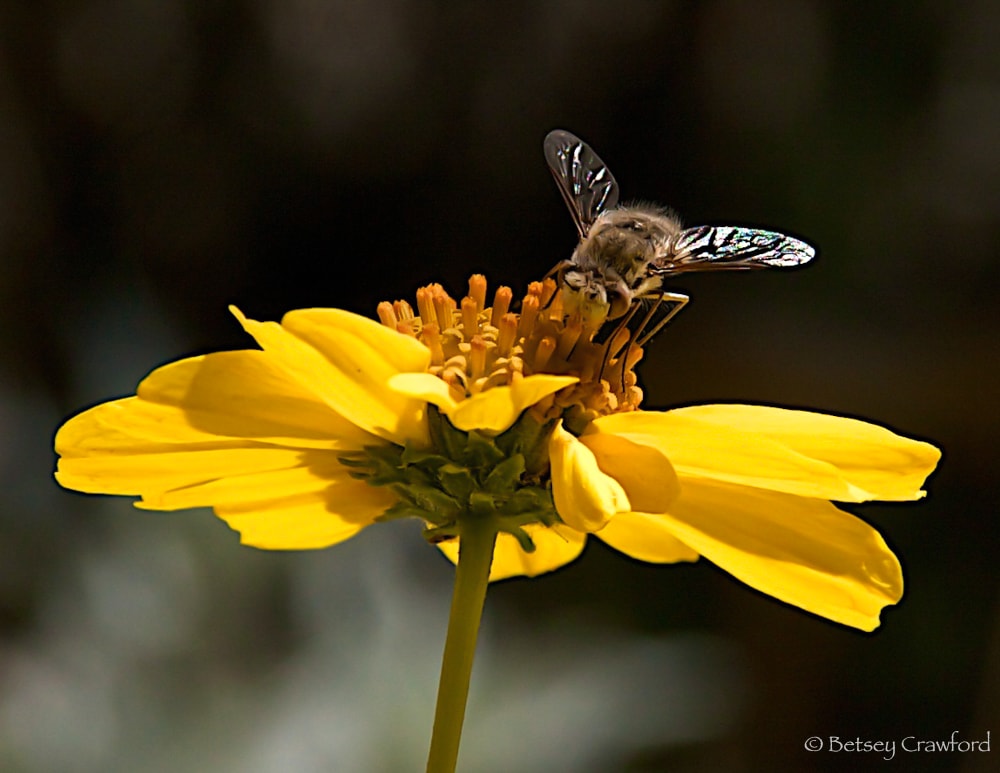
He imagines a necessary joy in things that must fly to eat.
~ Wendell Berry, The Art of the Commonplace ~
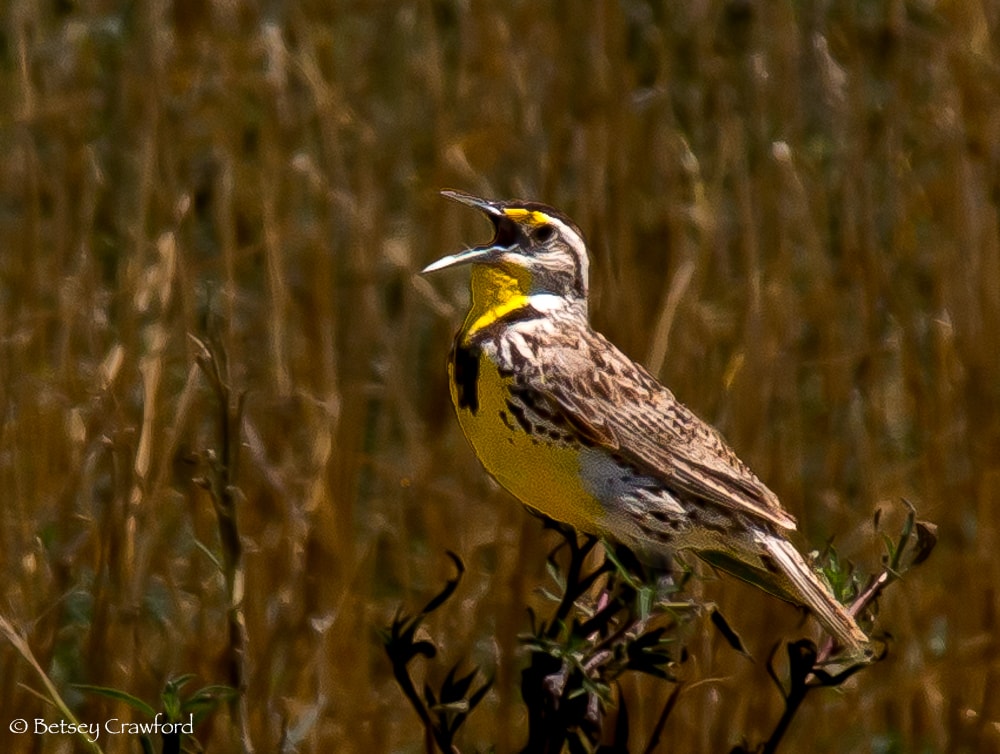
Once upon a time, when women were birds, there was the simple understanding that to sing at dawn and to sing at dusk was to heal the world through joy. The birds still remember what we have forgotten, that the world is meant to be celebrated.
~ Terry Tempest Williams, When Women Were Birds ~
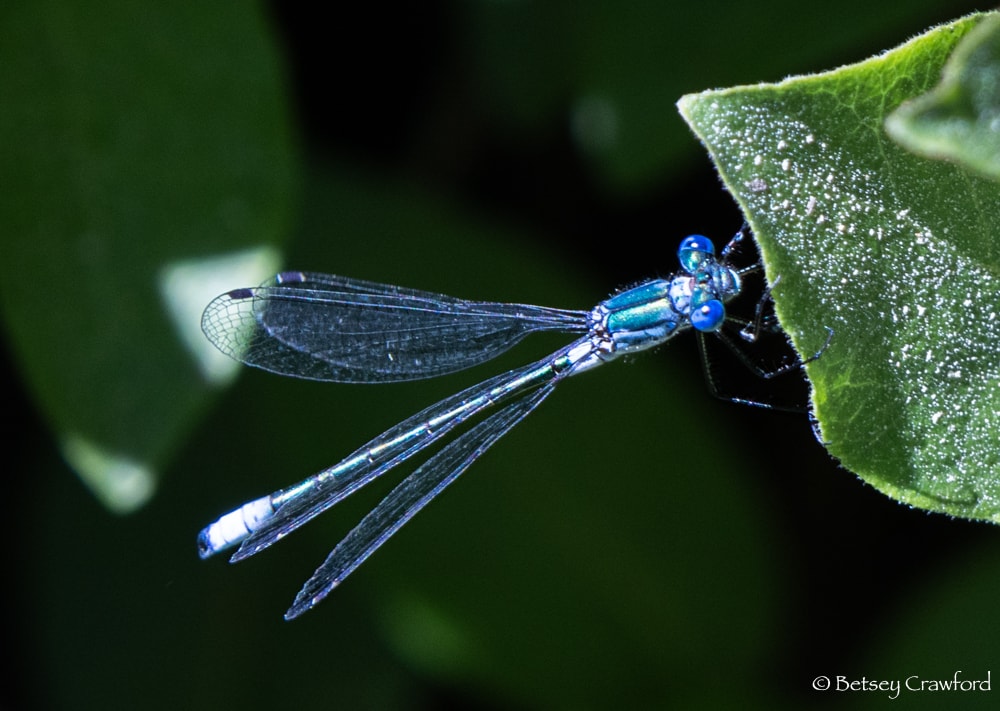
Then the flickers of light dart before our eyes: dragonflies, their silken wings etched with the maps of the Carboniferous (their wings spanned six feet when their ancestors flew with dinosaurs). They zoom still, like turbo-boosted flecks of light, wings catching the light and showing us glimpses of eons past.
~ Dara McAnulty, Diary of a Young Naturalist ~
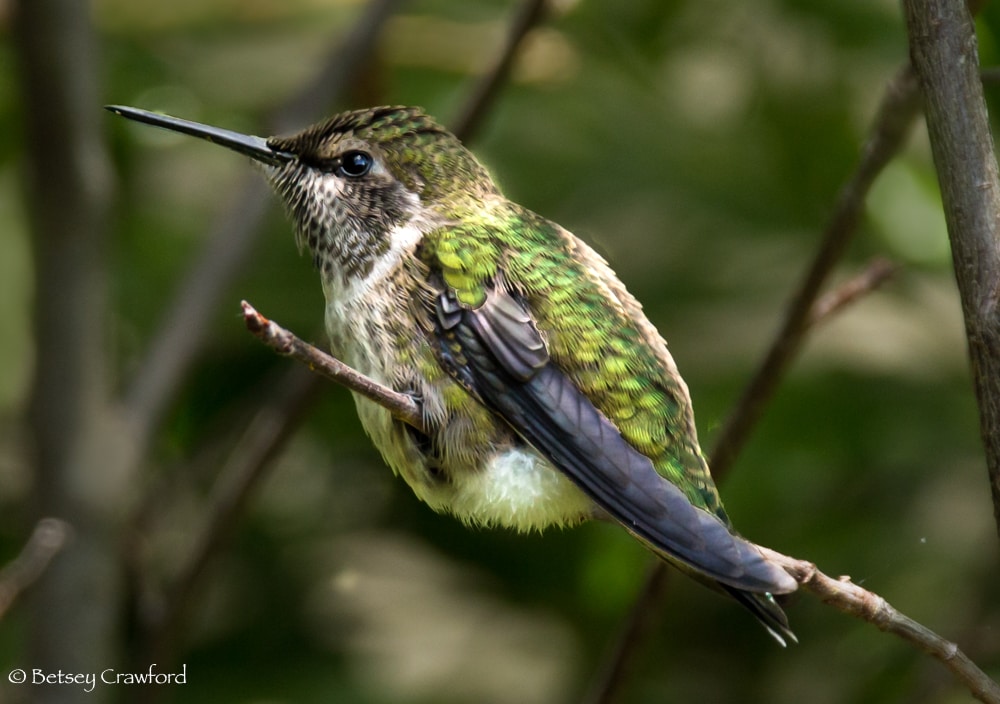
You are like the bird
That alights and sings
Though the frail spray bends –
For he knows he has wings.
~ Victor Hugo, Twilight Songs ~
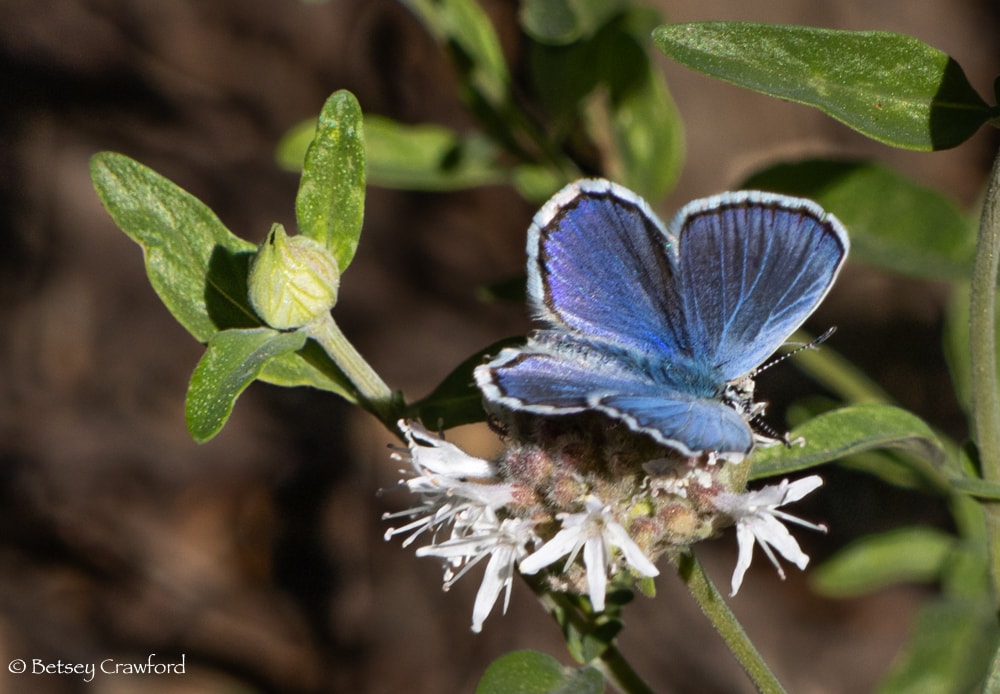
Don’t say that I will depart tomorrow— even today I am still arriving.
Look deeply: every second I am arriving to be a bud on a Spring branch, to be a tiny bird, with still-fragile wings, learning to sing in my new nest, to be a caterpillar in the heart of a flower, to be a jewel hiding itself in a stone.
~ Thich Nhat Hahn, Please Call Me By My True Names ~
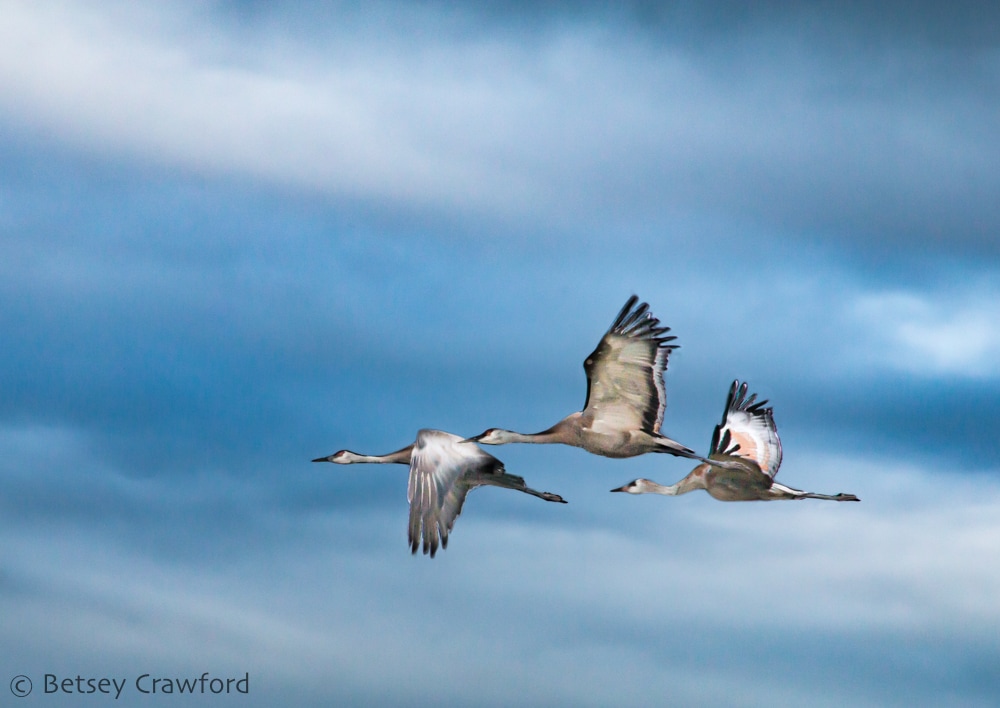
in the coolness of
the empty sky
birds singing
~ Shiki ~
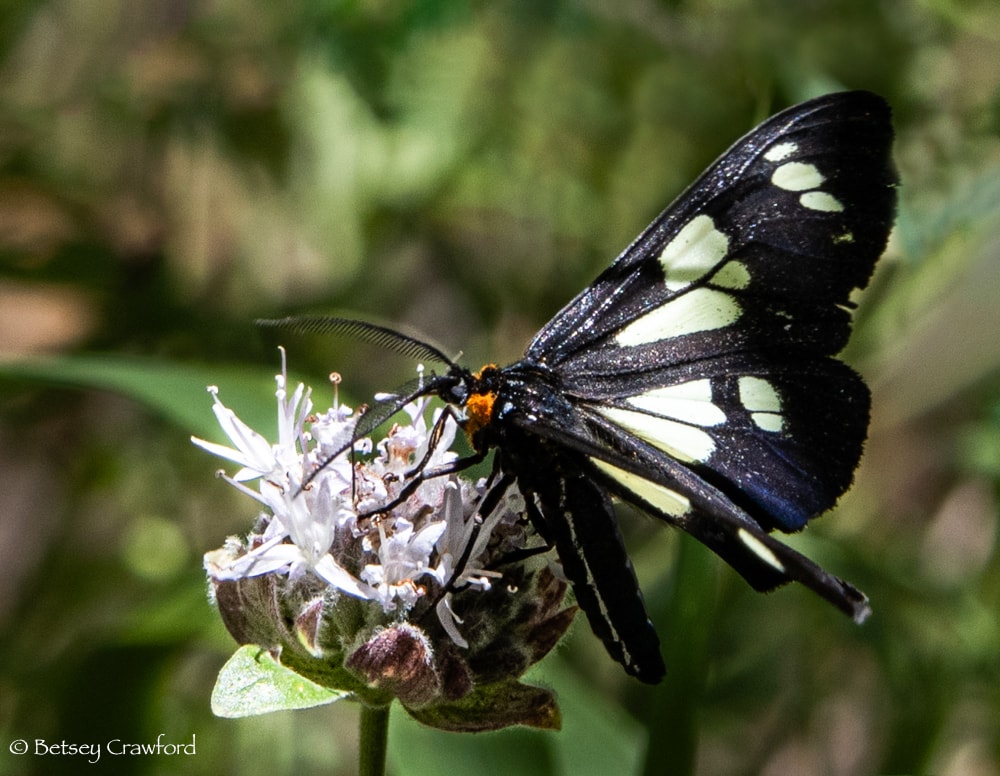
I am trying to decipher the language of insects
they are the tongues of the future…
they can sing with wings
the speakers are their own meaning in a grammar without horizons
they are wholly articulate
they are never important they are everything.
~ W.S. Merwin, After the Alphabets ~
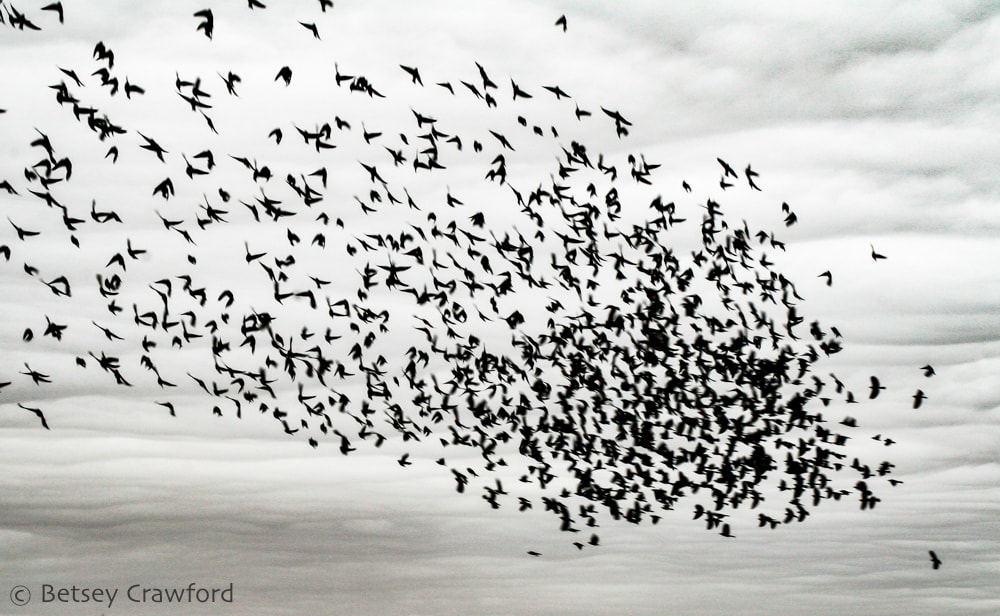
What is within us if not intensified sky traversed with birds
~ Rainer Maria Rilke, Uncollected Poems ~
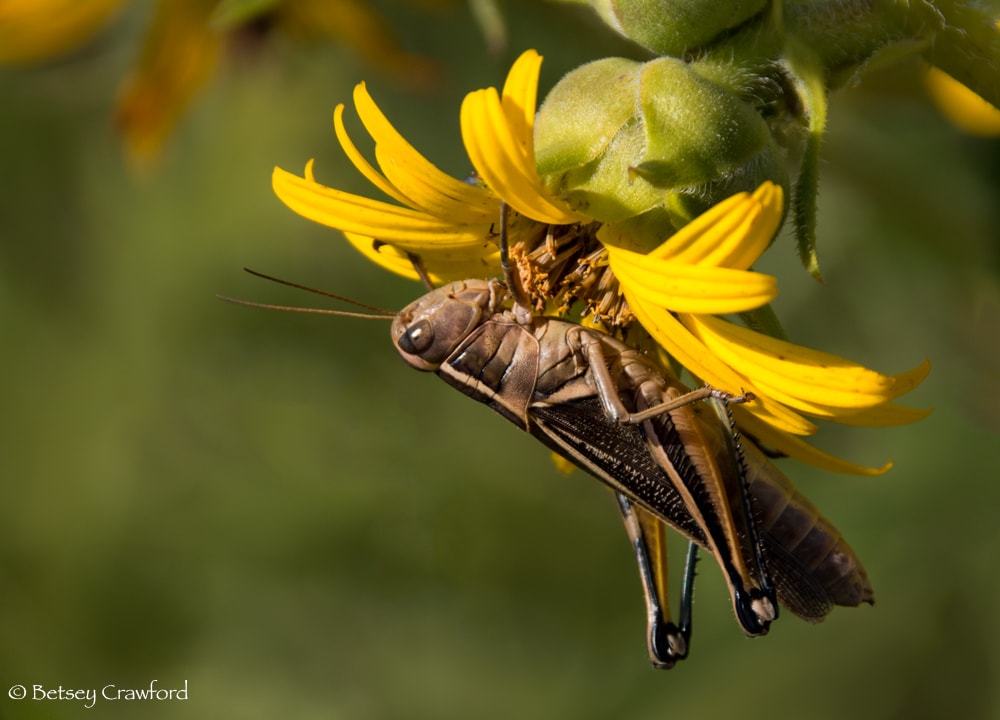
Good night, friends three — brown bear, rugged boulder of energy in groves and gardens fair as Eden; restless, fussy fly with gauzy wings stirring the air around all the world; and grasshopper, crisp, electric spark of joy enlivening the massy sublimity of the mountains like the laugh of a child.
~ John Muir, My First Summer in the Sierra ~
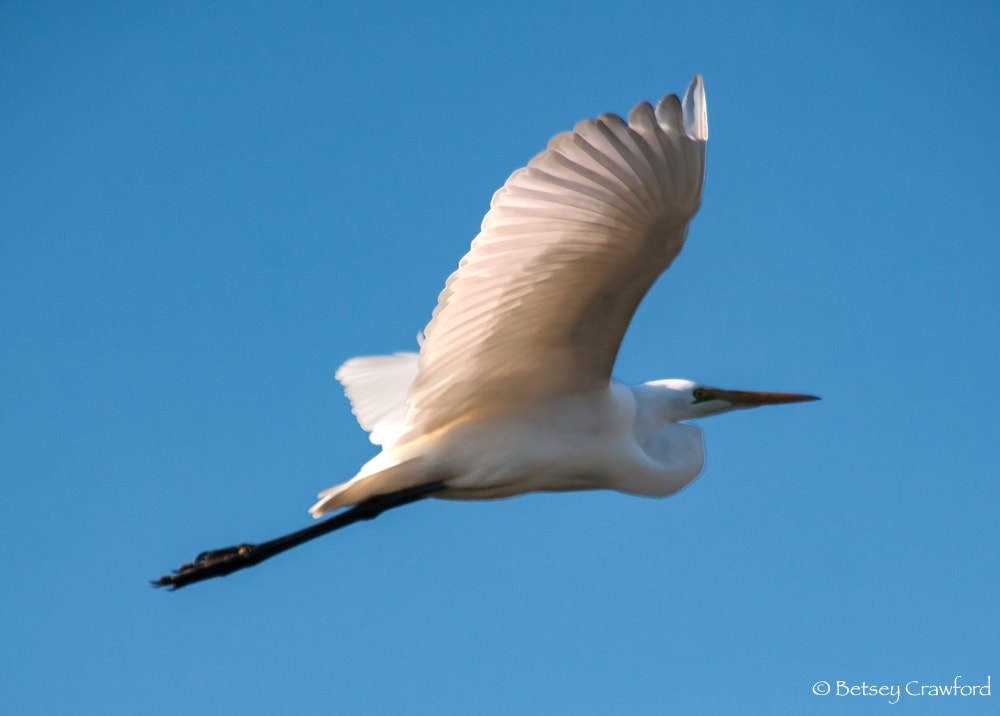
Left on the shore your bones
keep shouting come back!
But your soul won’t listen;
In the distance it is unfolding
Like a pair of wings,
it is sparkling like hot wires.
~ Mary Oliver, Pink Moon — The Pond ~

Joy is the last song,
drifting in
as dark curtains fall;
the sparrow’s vesper offering,
whistle lain down
in pine-templed woods,
requiem in me-minor —
church in a cathedral time built.
No stained glass.
No pulpit.
Altars everywhere.
Just listen.
Just look.
~ Drew Lanham, Joy is the Justice We Give Ourselves ~
All Season of Creation celebrations can be found HERE.
~ RELATED POSTS ~
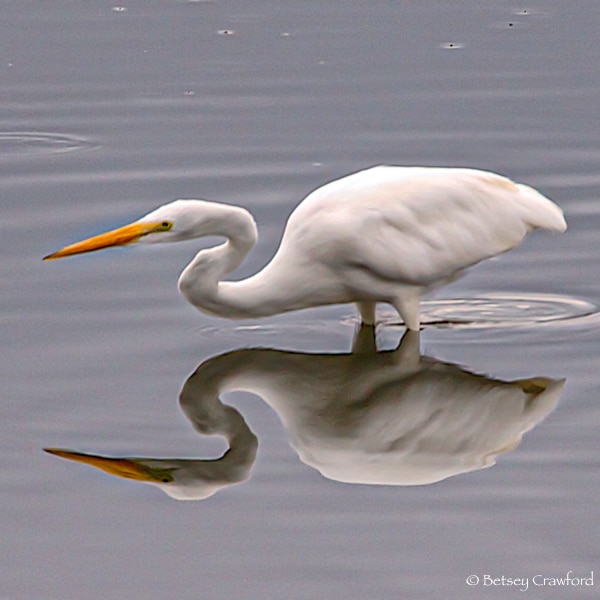
It began with a small avalanche of ducklings. Brood after brood, including one with an unusual extended family. Part of a growing population of birds in this marsh, they were a testament to the powers of activism and restoration.

METAMORPHOSIS: THE POWER OF TRANSFORMATION
It’s not an easy process, but we would not be here without the continuous power of transformation, right from the Big Bang. The great consolation of cosmic energies is that they are ever operating, ever available both to us and through us.

TREASURING BEES, SAVING THE WORLD
It had never occurred to me to do it, but when a friend invited me to a beekeeping class, I said, “Of course.” So there we were, in downtown San Francisco, suited up and holding beehive frames, knowing that keeping bees is keeping the world.
The poetry, the photographs, the beauty of Creation brought to consciousness and gratitude! Splendid!
Thank you!
Lin
Thank you so much! Love this enthusiasm!
I savoured every beautiful combination of photograph and excerpted text, Betsey! What a generous gift at this equinox time, as we slip towards dark winter days. Your work continues to delight and amaze me. How do you manage to capture what you do, then weave it so elegantly with language??
Thank you, Andrea. I love doing the weaving of language and image in this post every year and so appreciate your celebration of it.
These photos are AMAZING! 🤍 Beautiful, thought-provoking, lovely as always. 💚
Thank you so much, Annie. I love the owl in particular.